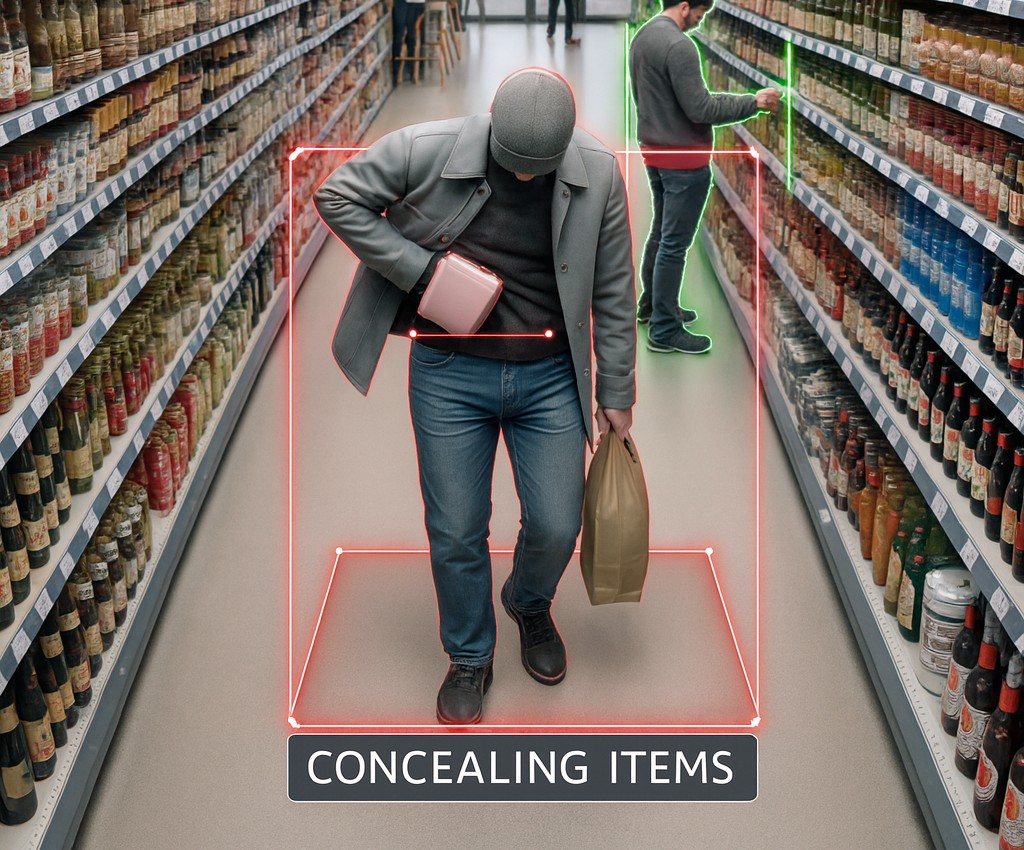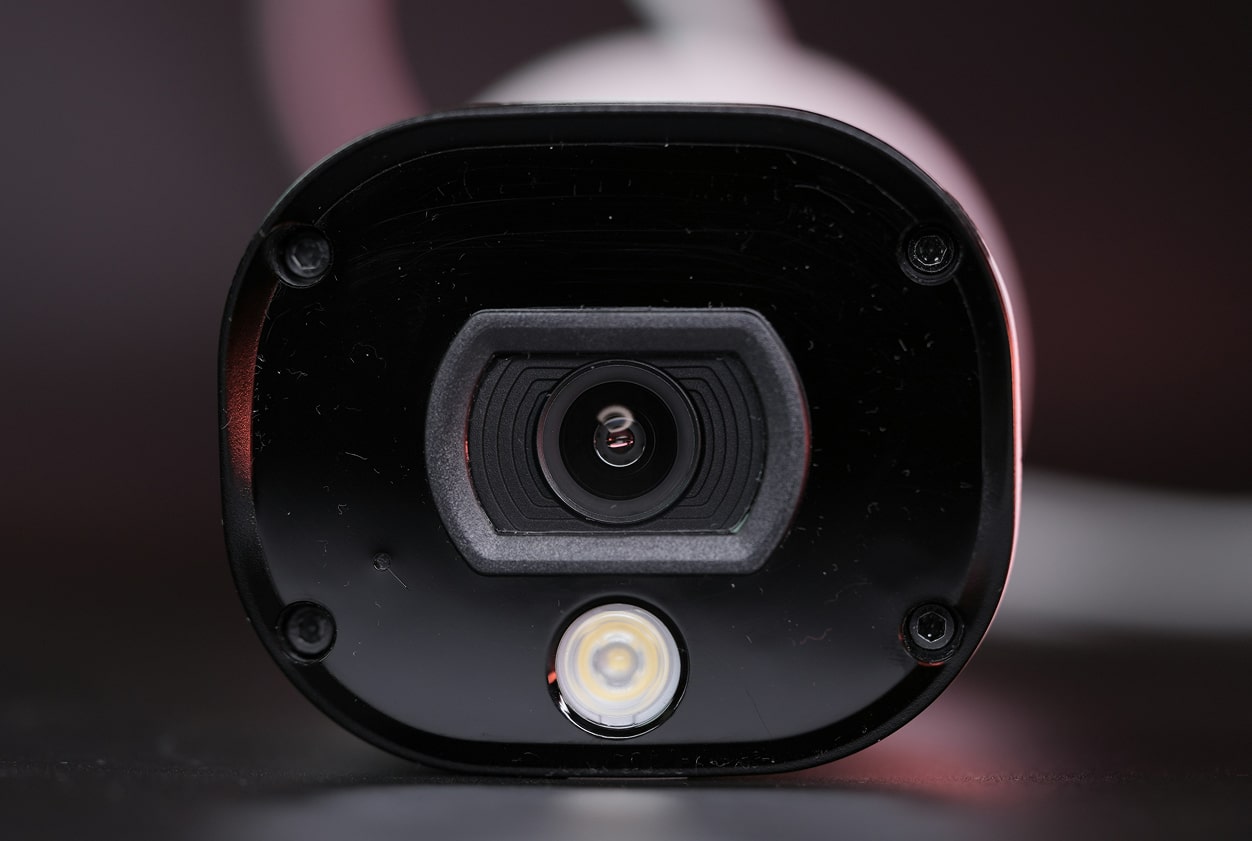
Action Recognition for Security (Under NDA)
TechnoLynx built an AI-powered action recognition proof-of-concept to improve CCTV video analysis and flag suspicious behaviour in real time, using cost-effective hardware and a pragmatic human-in-the-loop workflow.
The Challenge
The client needed to monitor human actions in a specific area using existing, cost-effective CCTV installations. They wanted suspicious behaviour detected in real time and flagged for investigation, without upgrading to high-end cameras or building a heavy, expensive compute stack.
Work with basic CCTV setups.
The solution had to be robust and affordable, designed around existing infrastructure rather than high-end cameras.
Detect suspicious actions in real time.
The system needed to flag behaviour as it happens so operators can investigate quickly.
Limited quantity and quality of training data.
The planned deep learning-first approach was constrained because sufficient real-world examples of suspicious actions were not available.
Run efficiently on standard hardware.
The solution had to operate with a standard GPU and off-the-shelf video cards, without requiring expensive, high-end upgrades.

Project Timeline
From problem framing to a proof-of-concept based on a hybrid model
Problem Definition
Defined the monitoring goal: recognise and flag suspicious human actions in a specific area using cost-effective CCTV.
Started with a deep learning approach for action recognition, aiming to classify behaviours from video feeds.
Initial Model Approach
Data Reality Check
Adjusted the plan after it became clear the required quantity and quality of training data could not be supplied.
Built a hybrid system: transfer learning for skeletal-feature activity modelling plus rule-based logic for suspicious behaviour detection.
Hybrid System Build
PoC Validation
Delivered a proof-of-concept that reliably flags violations for human review, and running on mid-range GPUs.
The Solution
As the project progressed, it became clear that the expected quantity and quality of training data could not be supplied. Recognising this limitation, TechnoLynx shifted to a hybrid model by integrating transfer learning techniques for modelling activities using skeletal features and a rule-based approach for identifying suspicious actions.
Integrated transfer learning techniques for modelling activities using skeletal features and adapted pre-trained deep learning models to recognise the basic structure and movement of individuals.
Incorporated a rule-based approach based on predefined sets of conditions that represent unusual or suspicious behaviour, including unexpected movements or lingering in restricted areas.
Used PyTorch to handle the deep learning part of the activity detection and vectorised NumPy code for the rule-based logic.
Technical Specifications

The Outcome
The proof-of-concept delivery of the system was deemed a success, given the limitations of the available training data. Although the system did not perform with the same level of autonomy as originally planned, the hybrid model allowed for reliable human action recognition. Human supervision was further applied to validate the flagged action, where our AI system provided a strong indication for violations.
Key Achievements
The proof-of-concept delivery was deemed a success, given the limitations of the available training data.
Shifted from a pure deep learning approach to a hybrid model integrating transfer learning (skeletal features) and a rule-based approach for suspicious behaviour.
Used PyTorch for the deep learning component and vectorised NumPy code for the rule-based logic.
Discrete GPUs handled human body recognition and action classification while maintaining high clock speeds and performance levels.
Want to Improve Video Security Monitoring?
Let’s discuss how practical computer vision and AI can help you detect incidents faster, reduce manual review, and work within real-world hardware constraints.